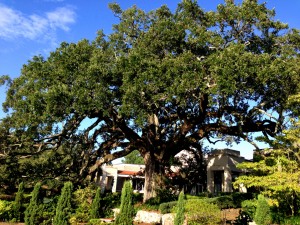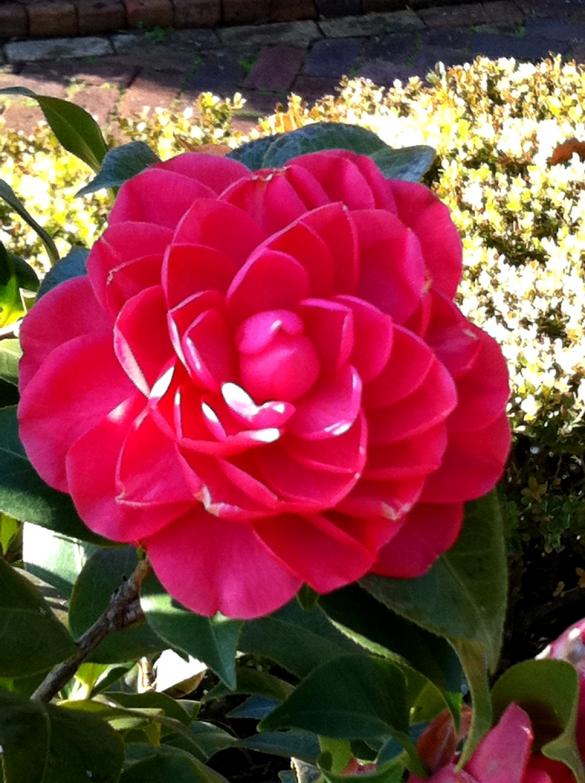 Summer was a time of discovery for the campers and I, revolving around the patterns found in nature. Specifically five patterns; admittedly, some writings champion greater numbers, with categories slightly different, being more or less inclusive, but five served us quite well. Spiral, meander, explosion, packing, and branching are the “Five Patterns in Nature” that we chose to explore. These are the same patterns that Andy Warhol (painter, filmmaker, ad-illustrator, and pop-artist, 1928-1987) immortalized along with Marilyn Monroe, Campbell’s Soup Cans, and Queen Elizabeth II, and aptly titled “5 Patterns in Nature”. But more importantly, these are patterns that are ever present in the world around us.
Summer was a time of discovery for the campers and I, revolving around the patterns found in nature. Specifically five patterns; admittedly, some writings champion greater numbers, with categories slightly different, being more or less inclusive, but five served us quite well. Spiral, meander, explosion, packing, and branching are the “Five Patterns in Nature” that we chose to explore. These are the same patterns that Andy Warhol (painter, filmmaker, ad-illustrator, and pop-artist, 1928-1987) immortalized along with Marilyn Monroe, Campbell’s Soup Cans, and Queen Elizabeth II, and aptly titled “5 Patterns in Nature”. But more importantly, these are patterns that are ever present in the world around us.
Seen again and again in the natural world: from spiral galaxies to spiral bacteria; from the packing of atomic particles to the packing of grape clusters; to the meandering contours of sand dunes and brain coral (Diploria labyrinthiformis); to the explosion of ice crystals and flower petals; and the branching of lightening and tree limbs; these patterns are never far from our view. But it begs the question, why?
 Well, it is the same reason the glass drops to the ground when it slips our fingers, why a covered pot boils quicker than one that is not, it is why two hydrogen bind to one oxygen to form water – it’s the Law. Physical, chemical, and natural laws exist – okay – the phenomena exist that the laws explain – but our world fits into certain (mostly?) understandable parameters. So much so, we have recognized mathematical patterns and formulas that cross multiple boundaries; the Fibonacci sequence and the Golden Ratio are found represented, in the number of flower petals and in the flight of hawks, in the breadth and width of the DNA molecule and the winding of spiral galaxies. These numbers are found in the eye of the hurricane and in the eye the beholder, and have led artists to define beauty with their use. These numbers and ideas, though, I will leave for discussions at another time.
Well, it is the same reason the glass drops to the ground when it slips our fingers, why a covered pot boils quicker than one that is not, it is why two hydrogen bind to one oxygen to form water – it’s the Law. Physical, chemical, and natural laws exist – okay – the phenomena exist that the laws explain – but our world fits into certain (mostly?) understandable parameters. So much so, we have recognized mathematical patterns and formulas that cross multiple boundaries; the Fibonacci sequence and the Golden Ratio are found represented, in the number of flower petals and in the flight of hawks, in the breadth and width of the DNA molecule and the winding of spiral galaxies. These numbers are found in the eye of the hurricane and in the eye the beholder, and have led artists to define beauty with their use. These numbers and ideas, though, I will leave for discussions at another time.
So there are Laws, and, perhaps, this is a satisfactory answer, but when I see these patterns in living organisms, I always tend to look a little further. After all, organisms have that “genetic thing” pushing them, and yet you can see shared patterns, in the branching roots of crab-grass and the branching vessels of the human circulatory system. Why? What purpose does the spiral of the Nautilus’ shell and that of sunflower seeds have? The answer is efficiency.
 These five patterns in nature tend to get the most out of the environment that is present. The branching of the roots allow a plant to reach out the furthest it can to bring back nutrients to a central core; the human circulatory system does the same, distributing in the most efficient way the nutrients from its core to all parts of the body, and collecting waste in its return trip. Spirals allow for larger amounts or size to consolidate into a smaller area thus maximizing the use of a protective shell for the nautilus or the number of seeds that can be stuffed into a single sunflower.
These five patterns in nature tend to get the most out of the environment that is present. The branching of the roots allow a plant to reach out the furthest it can to bring back nutrients to a central core; the human circulatory system does the same, distributing in the most efficient way the nutrients from its core to all parts of the body, and collecting waste in its return trip. Spirals allow for larger amounts or size to consolidate into a smaller area thus maximizing the use of a protective shell for the nautilus or the number of seeds that can be stuffed into a single sunflower.
Summer was a time to discover these patterns and by the end of each week the campers were pointing them out with a greater appreciation of them as well. And it seems that we are not the only ones noticing. Along with the artists and the scientists; city planners, resource managers, and politicians are recognizing the usefulness of these patterns. These patterns are being considered in energy flow analysis, roadway planning and urban development. The beauty, the efficiency, and long term proof of these patterns are being recognized and incorporated into our lives with greater frequency – after all –it’s the Law.


